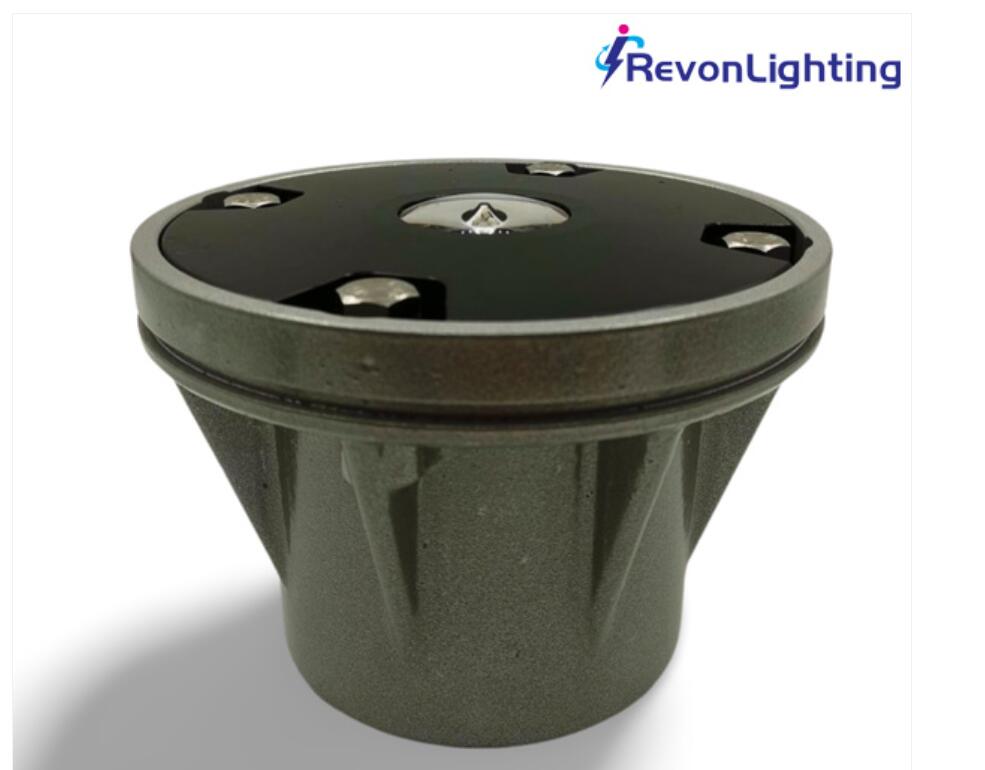Helipad Lights: Guiding Rotorcraft to Safe Landings Day and Night
In the dynamic world of vertical aviation, helipad lights serve as critical visual aids that ensure safe operations for helicopters in all weather conditions. These specialized lighting systems provide essential visual cues for pilots during approach, hover, and landing, while also enhancing ground safety for personnel. This article explores the various types of helipad lights, their technical specifications, regulatory requirements, and emerging technologies that are transforming nighttime and low-visibility helicopter operations.
The Critical Role of Helipad Lighting Systems
Helipad lights perform multiple vital functions:
Visual Guidance: Provide clear identification of landing zones in darkness or poor visibility
Obstruction Marking: Outline hazardous perimeter areas and obstacles
Wind Direction Indication: Assist pilots in determining optimal approach paths
Emergency Identification: Mark hospital and emergency service landing sites
Regulatory Compliance: Meet aviation authority requirements for operational approval
Without properly installed and maintained helipad lights, helicopter operations would face significantly increased risks, particularly during nighttime, fog, or adverse weather conditions.
Types of Helipad Lighting Systems
1. Perimeter Lighting
Standard white or yellow lights outlining the landing area

Typically spaced at 1-3 meter intervals depending on helipad size
May include elevated markers for elevated helipads
2. Flood Lighting
High-intensity white lights illuminating the entire landing surface
Adjustable brightness controls to prevent pilot glare
| helipad lights |
Essential for night-time medical evacuations
3. Touchdown and Position Lights
Green centerline lights indicating the optimal landing point
Red hazard lights marking dangerous areas to avoid
Blue edge lights for elevated helipad identification
| helipad light |
4. Wind Direction Indicators
Lighted wind socks or tetrahedrons
Pulsing or steady lights showing wind direction
Often integrated with anemometers
5. Obstruction Lighting
Red warning lights on nearby structures
ICAO/FAA-compliant intensity for various obstacle heights
Synchronized flash patterns for maximum visibility
Technical Specifications and Standards
Modern helipad lights must meet stringent requirements:
Brightness: Minimum 10 candela for perimeter lights (FAA AC 150/5390-2C)
Color Rendering: Specific chromaticity coordinates for each light type
Power Sources: Typically 6.6A or 20A circuits with backup options
Durability: Weatherproof construction (IP65 or higher)
Visibility Range: Minimum 3 miles for hospital helipads (ICAO Annex 14)
Regulatory Framework
Helipad lights must comply with:
ICAO Annex 14 Volume II: International standards for heliport design
FAA Advisory Circular 150/5390-2C: US heliport lighting requirements
EASA CS-ADR-DSN: European helipad specifications
IEC 61820: Electrical safety standards
Certification requirements vary based on helipad classification (hospital, offshore, urban, etc.) and operational needs (day/night, VFR/IFR).
Emerging Technologies in Helipad Lighting
LED Revolution
80% energy savings compared to traditional lighting
50,000+ hour lifespan reducing maintenance
Instant-on capability with no warm-up time
Solar-Powered Systems
Off-grid solutions for remote locations
Battery backup for continuous operation
Ideal for disaster response helipads
Smart Lighting Controls
Light-sensitive automatic activation
Remote monitoring and diagnostics
Adjustable intensity based on conditions
Enhanced Visibility Systems
Infrared-compatible lighting for NVG operations
Strobe-enhanced perimeter markers
3D approach path lighting
Installation and Maintenance Considerations
Proper helipad lights installation requires:
Precision alignment for approach path guidance
Glare control to prevent pilot disorientation
Redundant power systems for critical facilities
Regular photometric testing to ensure compliance
FOD-resistant designs for high-traffic areas
Maintenance programs should include:
Monthly cleaning of light surfaces
Quarterly electrical inspections
Annual full-system testing
Immediate repair of damaged units
Specialized Applications
Hospital Helipads
Distinctive blue perimeter lights for quick identification
High-intensity lighting for medical emergency landings
Strict noise-reduction requirements in urban areas
Offshore Platforms
Saltwater-resistant fixtures
Hazardous location certifications
Helideck status lights (red/green)
Urban Rooftop Helipads
Low-profile designs minimizing light pollution
Anti-glare features protecting nearby buildings
Integrated fire safety systems
Future Trends in Helipad Lighting
Augmented Reality Integration
Virtual markers visible through HMDs
Dynamic approach path adjustments
LiDAR-Enhanced Systems
Real-time obstacle detection
Adaptive lighting for changing conditions
Sustainable Solutions
Kinetic energy harvesting
Self-cleaning photovoltaic surfaces
AI-Optimized Lighting
Predictive brightness adjustment
Automated fault detection
Helipad lights represent a critical safety component in helicopter operations, providing essential visual references that enable safe landings in all conditions. As technology advances, these systems are becoming more efficient, reliable, and intelligent - incorporating LED technology, renewable energy sources, and smart controls. The aviation industry's continued focus on improving helipad lights standards and technologies ensures that vertical flight operations can maintain their excellent safety record while meeting growing transportation demands. By adhering to international regulations and embracing innovation, helipad lighting systems will continue to guide rotorcraft safely to their destinations, day or night, in good weather or bad.
